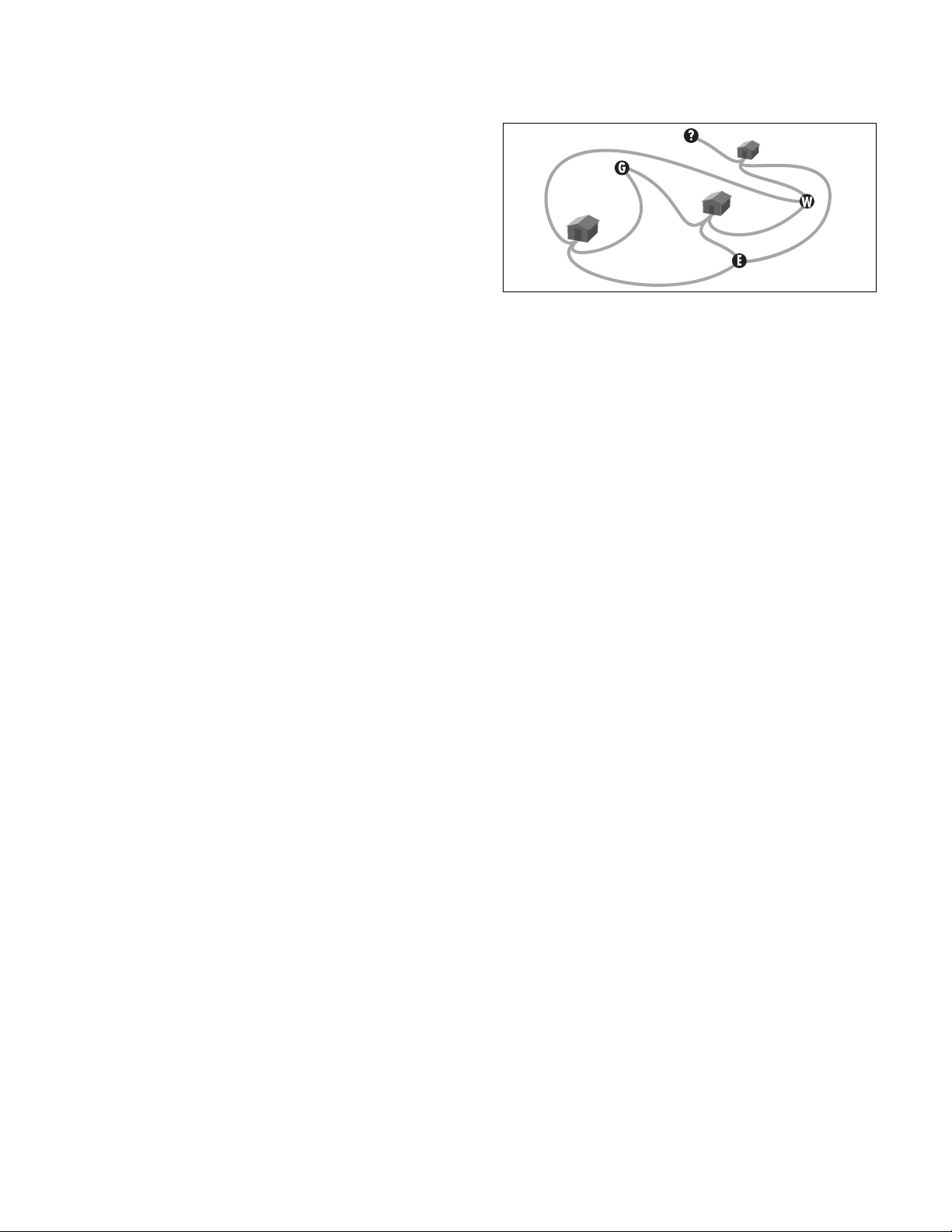
previously established theorem requiring little or no
further explanation. A conjecture, on the other hand,
is a statement yet to be proved or disproved. The fol-
lowing sequence of results illustrates these ideas:
Lemma: A natural number squared is either
divisible by four, or leaves a remainder of 1
when divided by 4.
Proof: Let abe a natural number. If ais even, then it
can be written in the form a= 2mfor some number m.
Consequently, a2= (2m)2= 4m2is divisible by 4. If, on
the other hand, ais odd, then a= 2m+ 1 for some
number m, and so a2= (2m+ 1)2= 4m2+ 4m+ 1 is 1
more than a multiple of 4.
Theorem: If a number Nequals the sum of two
squares, N= a2+ b2, then Nleaves either a
remainder of 0, 1, or 2, but not 3, when
divided by 4.
Proof: By the lemma, a2leaves a remainder of either 0
or 1 when divided by 4, as does the number b2. It is
impossible for the two remainders to sum to a total
remainder of 3.
Corollary: It is impossible to write 2,867,039
as a sum of two square numbers.
Proof: This number leaves a remainder of 3 when
divided by 4.
Conjecture: It is possible to write 3,457,417,105
as a sum of two square numbers.
This is yet to be proved or disproved.
See also
SQUARE
.
three-utilities problem A classic puzzle challenges
the reader to connect three houses to each of three util-
ity companies—water, electricity, and gas—one pipe
between each house and each company, in such a way
that no lines or mains cross.
It turns out that this puzzle cannot be solved if the
buildings are situated on a plane. A simple heuristic
argument gives a sense of why this is the case:
Any solution to the problem would be a dia-
gram of six houses and nine pipes, dividing the
plane into regions. It seems that each region is
to be bounded by four pipes. If there are R
regions, then 4Rrepresents the total number of
pipes in the picture, counted twice (each pipe
borders two regions). Thus 4R= 18, suggesting
that there must be a nonintegral number of
regions. This absurdity demonstrates the impos-
sibility of the task.
Surprisingly the puzzle can be solved if one draws
the three houses and the three companies instead on
the surface of a
TORUS
. (One can verify this by using a
marker to draw the figures on a bagel, for example.)
See also
GRAPH
.
time series graph See
STATISTICS
:
DESCRIPTIVE
.
topology (analysis situs, rubber-sheet geometry)
The study of those properties of geometric shapes and
surfaces that remain unchanged when the shapes of
those objects are distorted by a continuous
DEFORMA
-
TION
(such as stretching, shrinking, or twisting) is
called topology. Unlike a classical geometer, a topolo-
gist is not interested in questions of distances and
angles, but is only concerned with the relative posi-
tions of points. All that is required of a topological
transformation is that points that begin close together
remain relatively close together. In this viewpoint, a
circle and a square (of any size) are topologically
equivalent, since either can be continuously deformed
into the other, and a number of geometrical properties
apply equally well to either object. For example, the
statement, “Removing a point from a circle produces
topology 499
The three-utilities problem